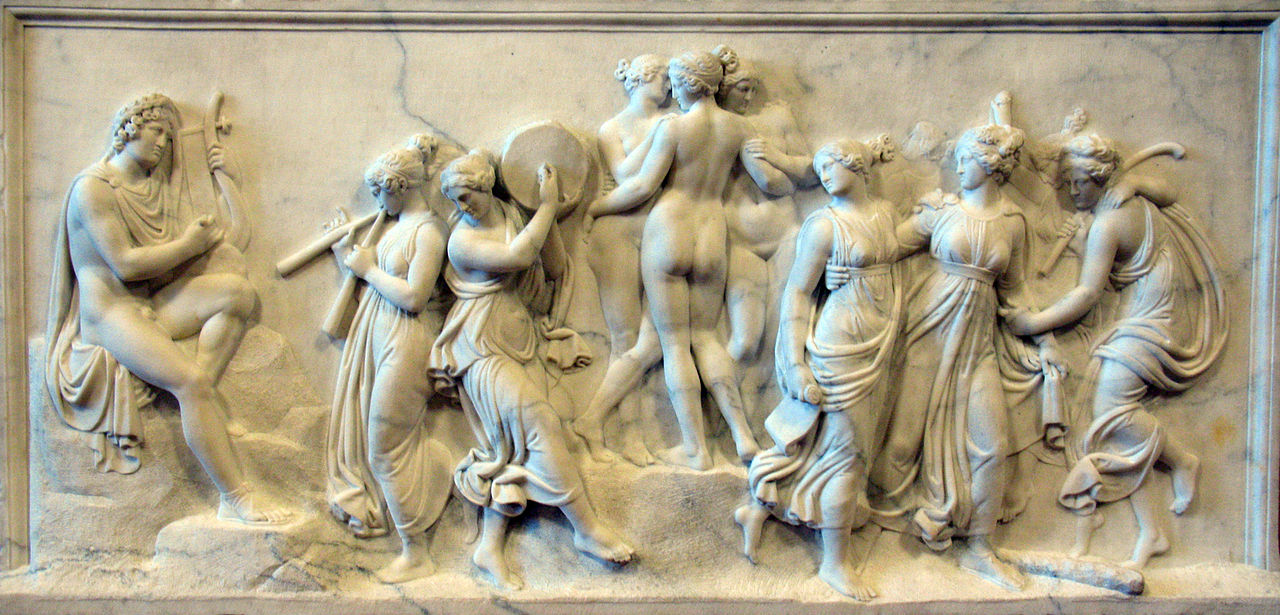

In Greek mythology, Coeus (Ancient Greek: Κοῖος) was one of the Titans, the giant sons and daughters of Uranus (Heaven) and Gaia (Earth). His equivalent in Latin poetry—though he scarcely makes an appearance in Roman mythology—was Polus, the embodiment of the celestial axis around which the heavens revolve. The etymology of Coeus’ name provided several scholars the theory that Coeus was also the Titan god of intellect, who represented the inquisitive mind.
Like most of the Titans he played no active part in Greek religion—he appears only in lists of Titans—but was primarily important for his descendants. With his sister, “shining” Phoebe, Coeus fathered Leto and Asteria. Leto copulated with Zeus (the son of fellow Titans Cronus and Rhea) and bore Artemis and Apollo.
Given that Phoebe symbolized prophetic wisdom just as Coeus represented rational intelligence, the couple may have possibly functioned together as the primal font of all knowledge in the cosmos. Along with the other Titans, Coeus was overthrown by Zeus and other Olympians. After the Titan War, he and all his brothers were banished into Tartarus by Zeus. Coeus, later overcome with madness, broke free from his bonds and attempted to escape his imprisonment, but was repelled by Cerberus. Source Wikipedia.
Be the first to comment